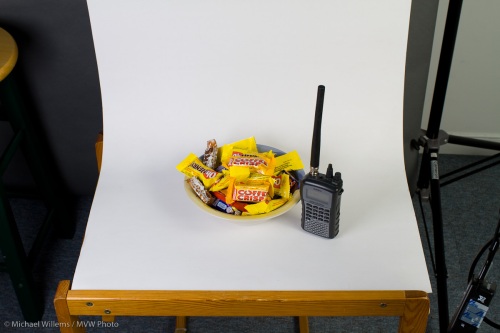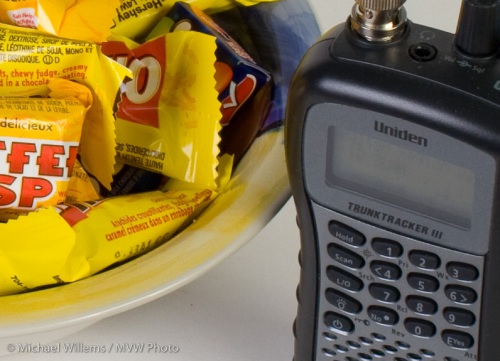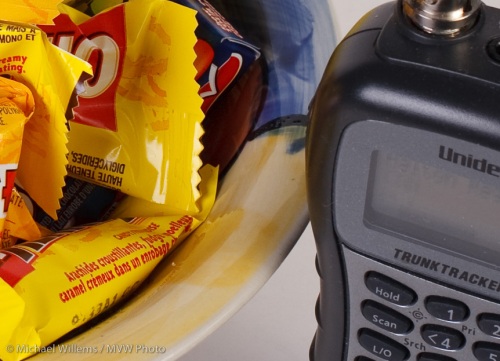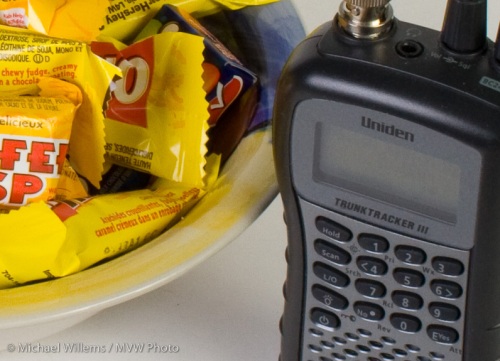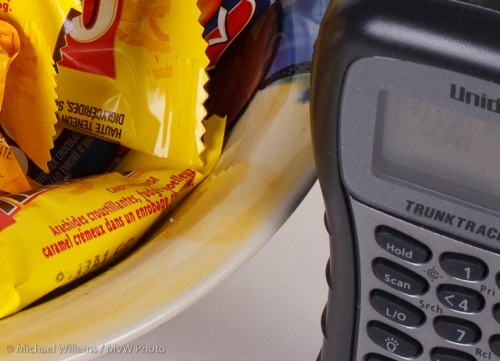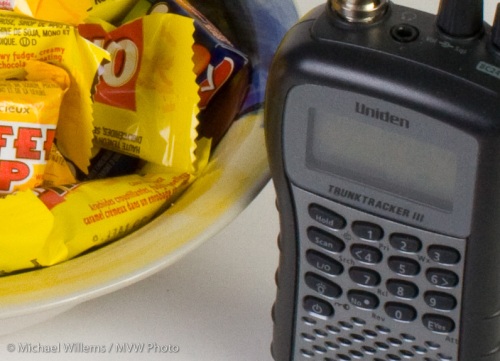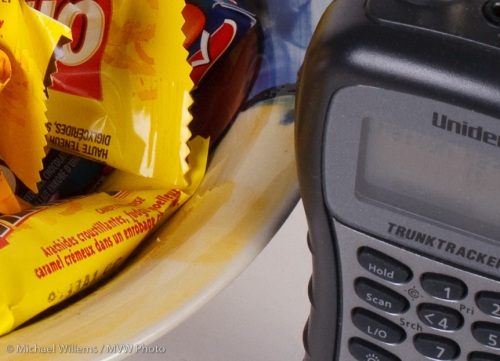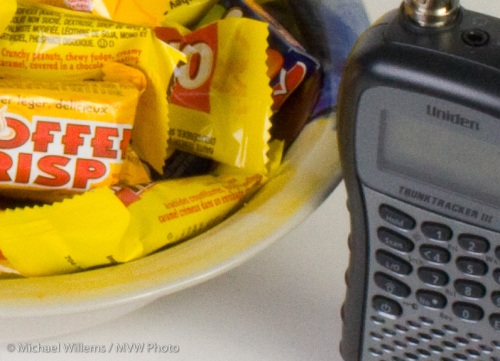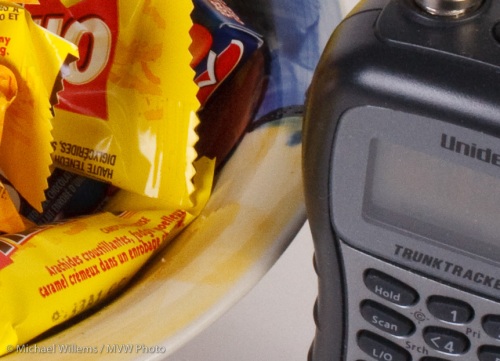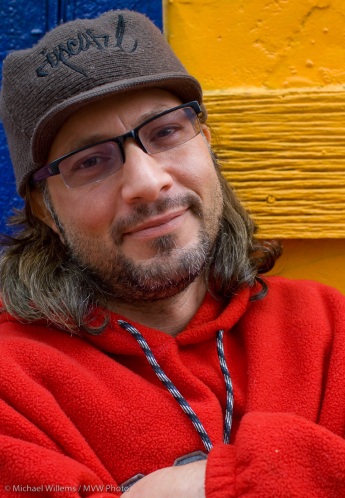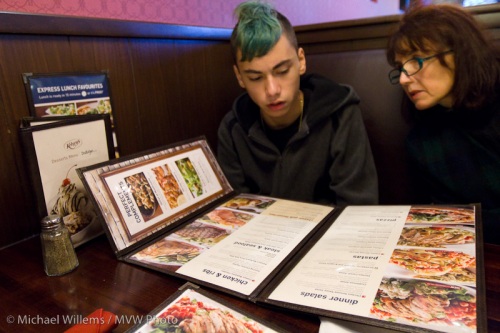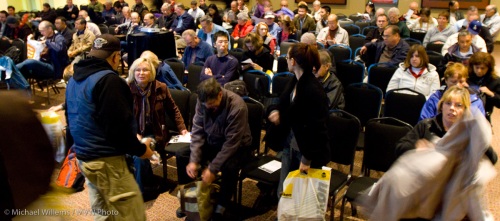I recently bought a Canon 7D camera.
The reason I bought another camera when I have two pro bodies already? Amongst many other reasons: The 7D focuses better, while my Canon 1Ds MkIII and 1D MkIII cameras do not focus consistently well when shooting “wide open”. When I use a “fast” lens, one with a large aperture/small “F-number”, set to, say, f/1.4 or f/2, focus is inconsistent.
And I shoot carefully. I use one focus point. The subject is contrasty and well lit. I am shooting at a shutter speed of ten times lens length (e.g. if using the 35mm lens, I am at least at 1/350th second). And yet – out of every five images shot like that, one or two are razor sharp, some are pretty good, and one will be blurry – focus blur, with the focus way out.
This appears to be well documented online. “Fake Chuck” writes about it regularly, like here. Another post here also mentions Canon’s sloppy soft focus versus Nikon’s razor sharp focus:
All the Canon’s, all the way back to the Canon D30 deliver that famous soft focus look. Is it because Nikon (and now Sony) use a CCD sensor for focus and Canon uses a CMOS for focus?? If so, change it. if not, get rid of the trademark Canon soft focus once and for all. Nikon is so sharp it bites. Why?
One other issue is that my cameras tend to pre-focus when the lens is wide open. But less when it is not wide open.
Clearly, we need critically accurate focus if we are to shoot at f/1.4 (and that is why we spend thousands of dollars on f/1.4 lenses). And it can be done.

I still shoot Canon, because I like the lens range and because I have over $25,000 invested in Canon equipment, such as my lenses:

If, like me, you like to shoot wide open, I would recommend you do the following, apart from the obvious “shoot fast, use one focus point, look for non-equivocal focus areas”:
- Use a tripod.
- Use flash (or studio strobes).
- Avoid being confused by the LCD display. On the 7D this shows sharp pictures. The low-level LCD on the 1D makes everything look blurry, especially when you zoom in all the way. Don’t be confused by this. It’s blurry when your PC or Mac shows blur, not before.
- Avoid wide open. At f/2.8 and above, it’s much better.
- Take multiple photos of the same subject: one is bound to be sharp.
- Live with some out-of-focus shots. As long as the rest are good.
- Use the brightest possible light. Low light seems to make the camera focus less accurately, or a last differently.
- Did I mention a tripod?
So, does the 7D do better? So far I am happier. It is not perfect: a few out of focus pictures so far when I am shooting wide open. But so far my impression is: “significantly better”. The new focus modes help, of course (spot focus in particular).
So.. stay tuned. And have fun, and do not worry too much about sharp focus.

